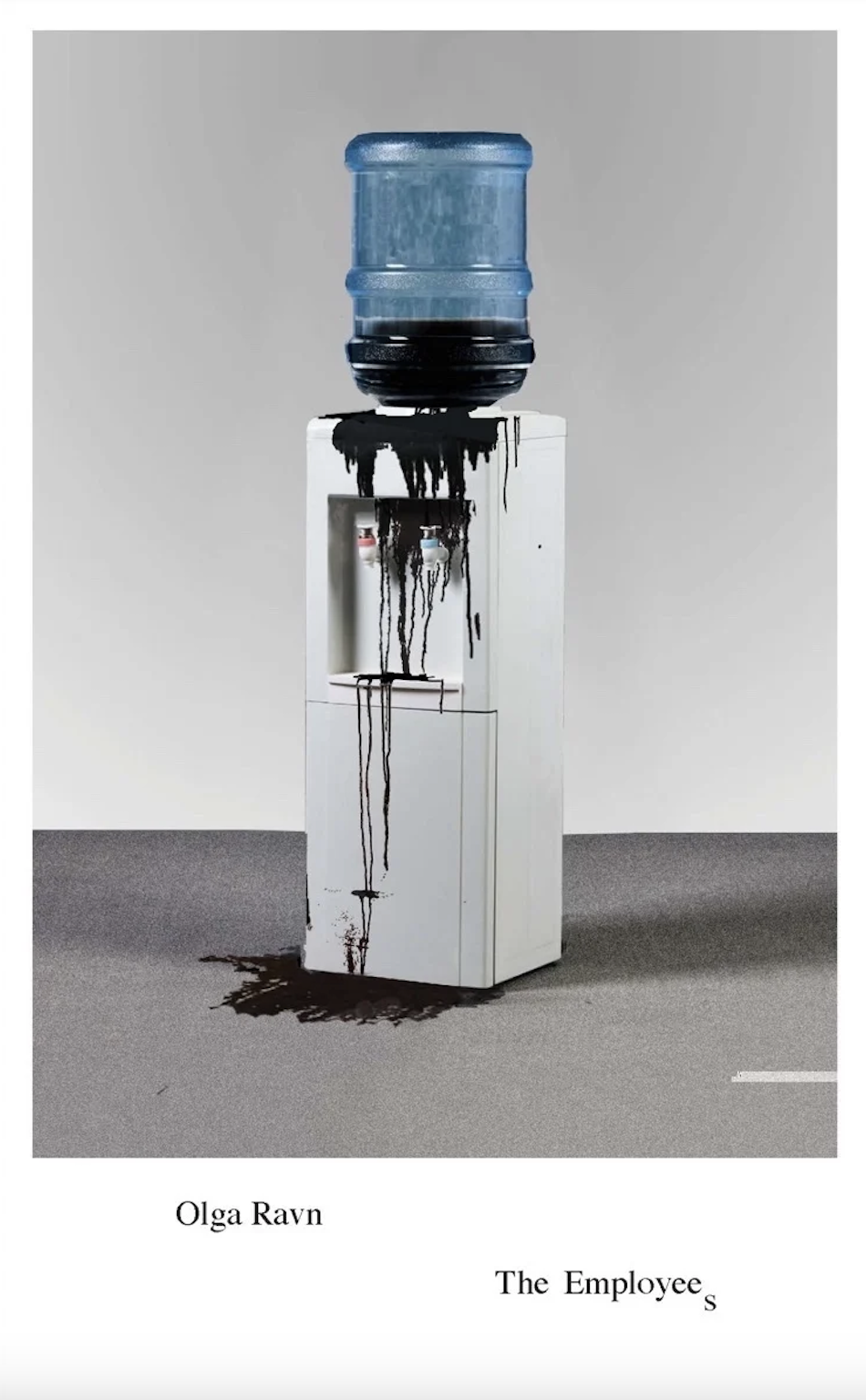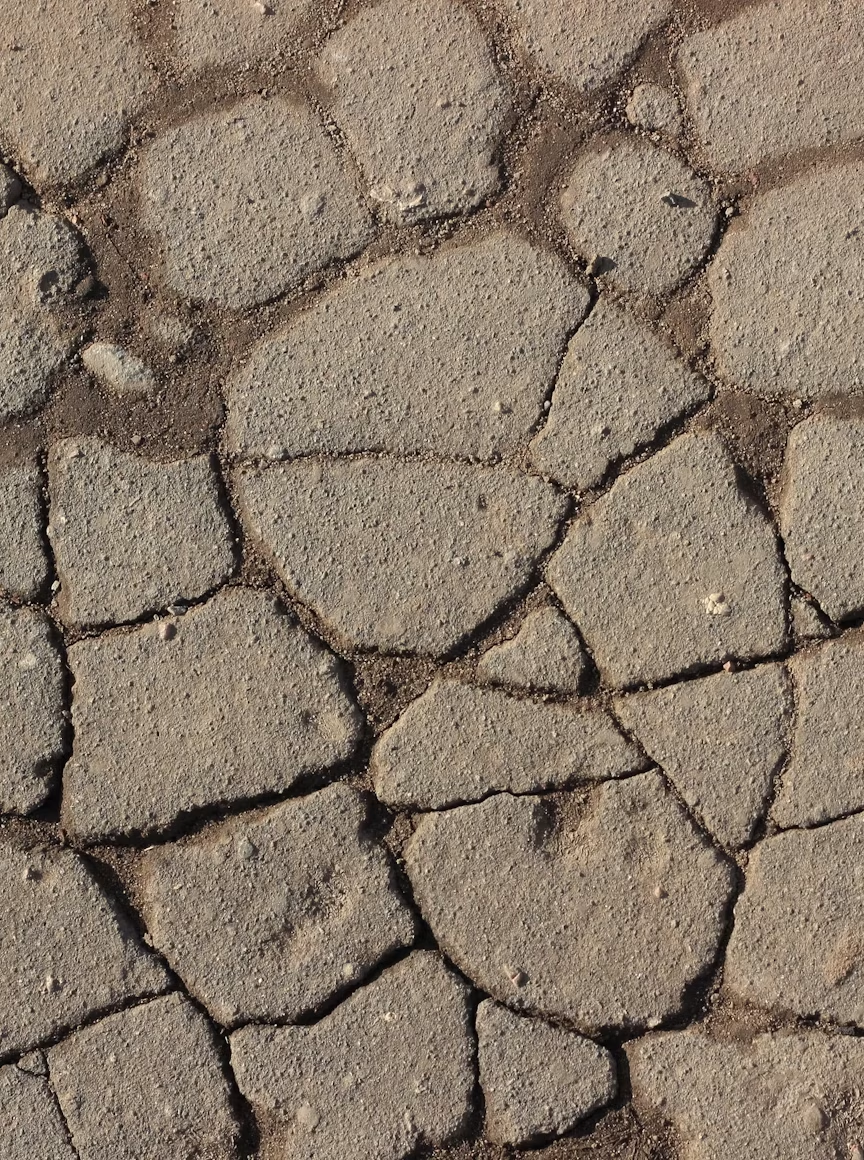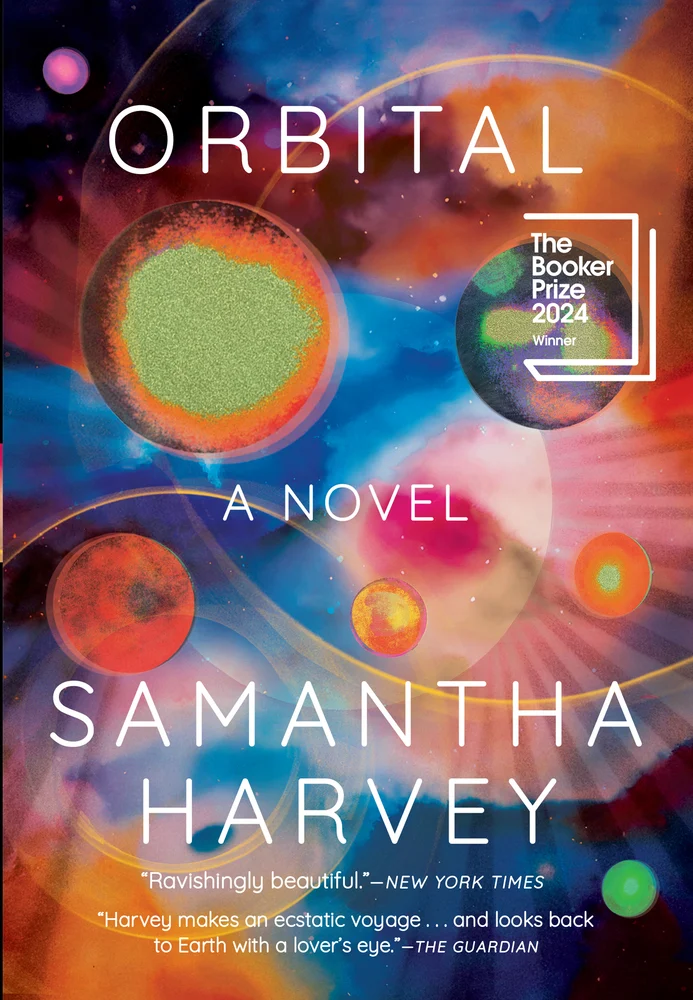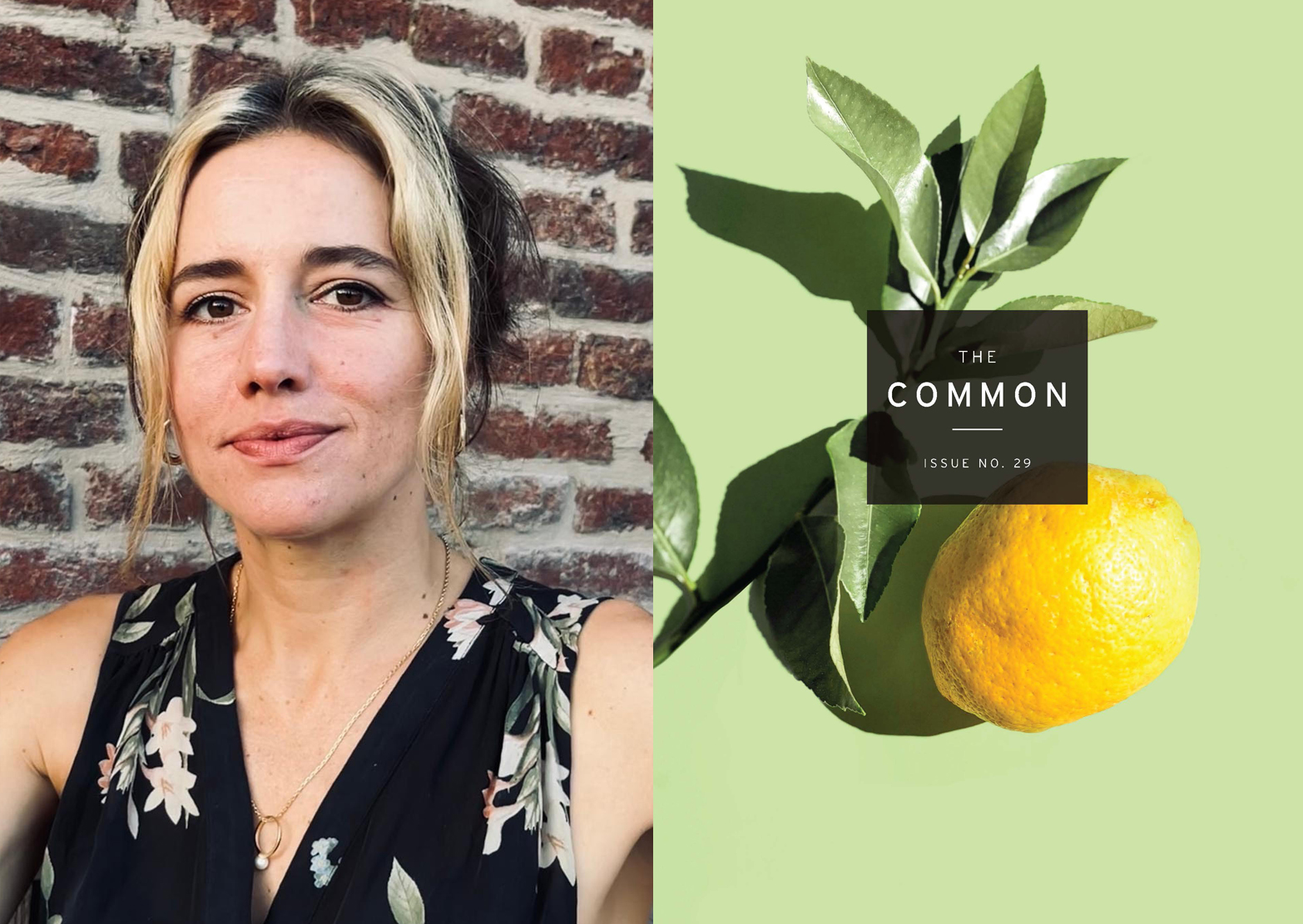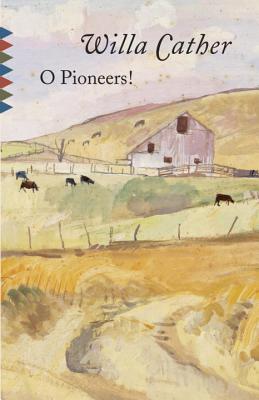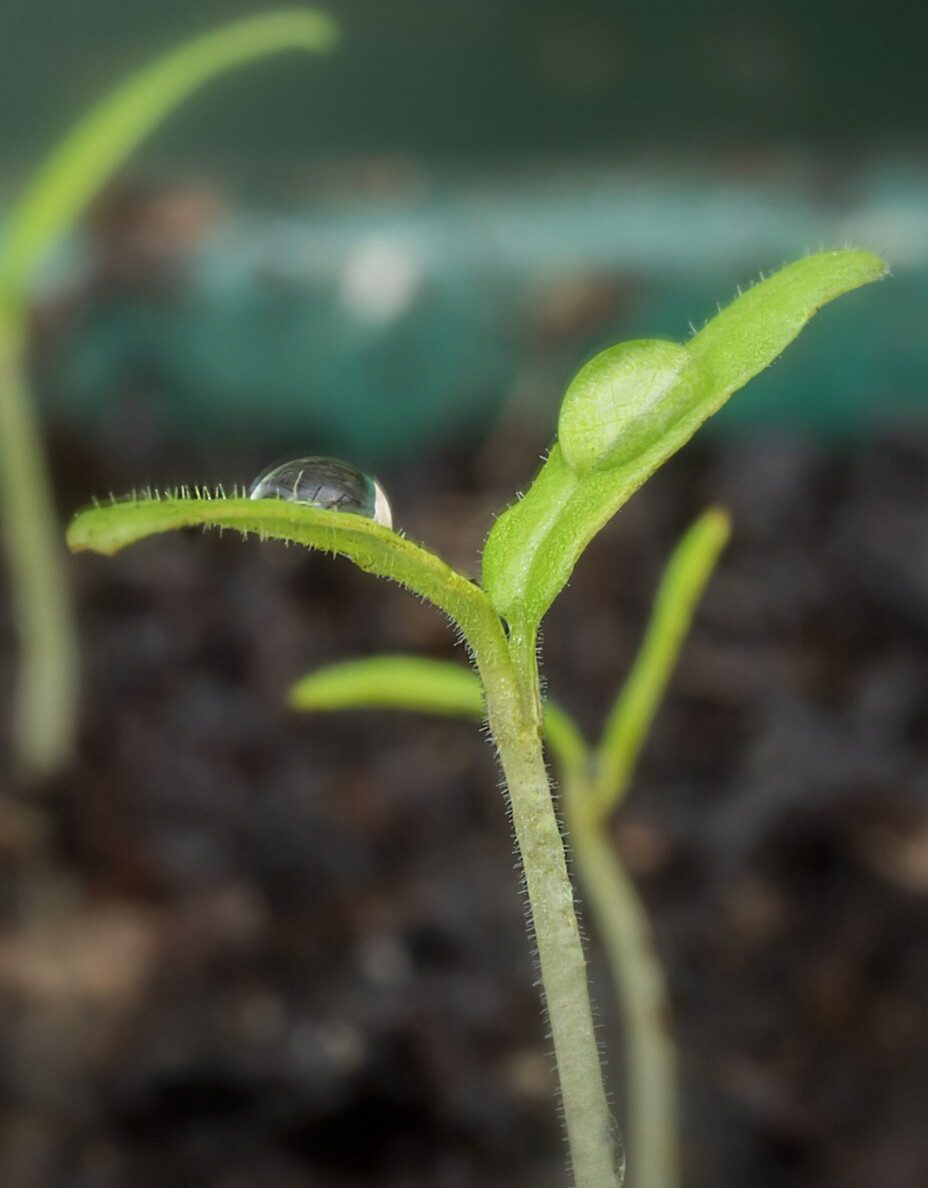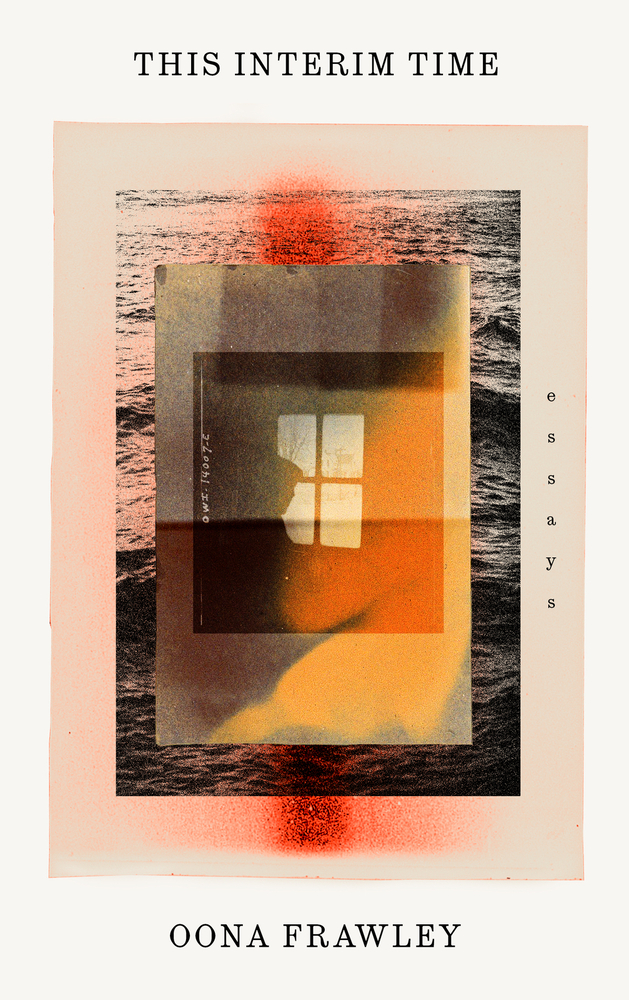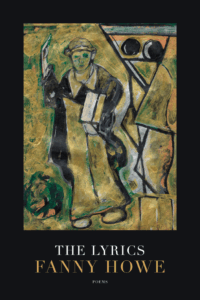New work from RODRIGO TOSCANO, OLENA JENNINGS, EZZA AHMED, and WYATT TOWNLEY
Table of Contents:
—Rodrigo Toscano, “One Like”
—Olena Jennings, “The Pine”
—Ezza Ahmed, “The River That Was and Wasn’t”
—Wyatt Townley, “The Longest View” and “Christina’s World”

One Like
By Rodrigo Toscano
“Couple Bach preludes, a binding ceasefire,
One Dickenson poem, and we’re all set”
That was the post, like a gleaming beach pier
Charming half way out, torn up at the tip
Battered by statecraft, departmental verse.
You Could Make This Day Wondrous—the poems
We know what we mean, the anthology
Not unlike that pier, holding on for dear life
And raking in five point one thousand likes—
While folks in this country are still snoozing—
The drones keep droning, raining down sulfur
Chopping up limbs with zero counterpoint—
And what to make of the could make line breaks?
Tab key diplomacy, farce on all fronts.
And we? Rock dashes with thorough bass lines.
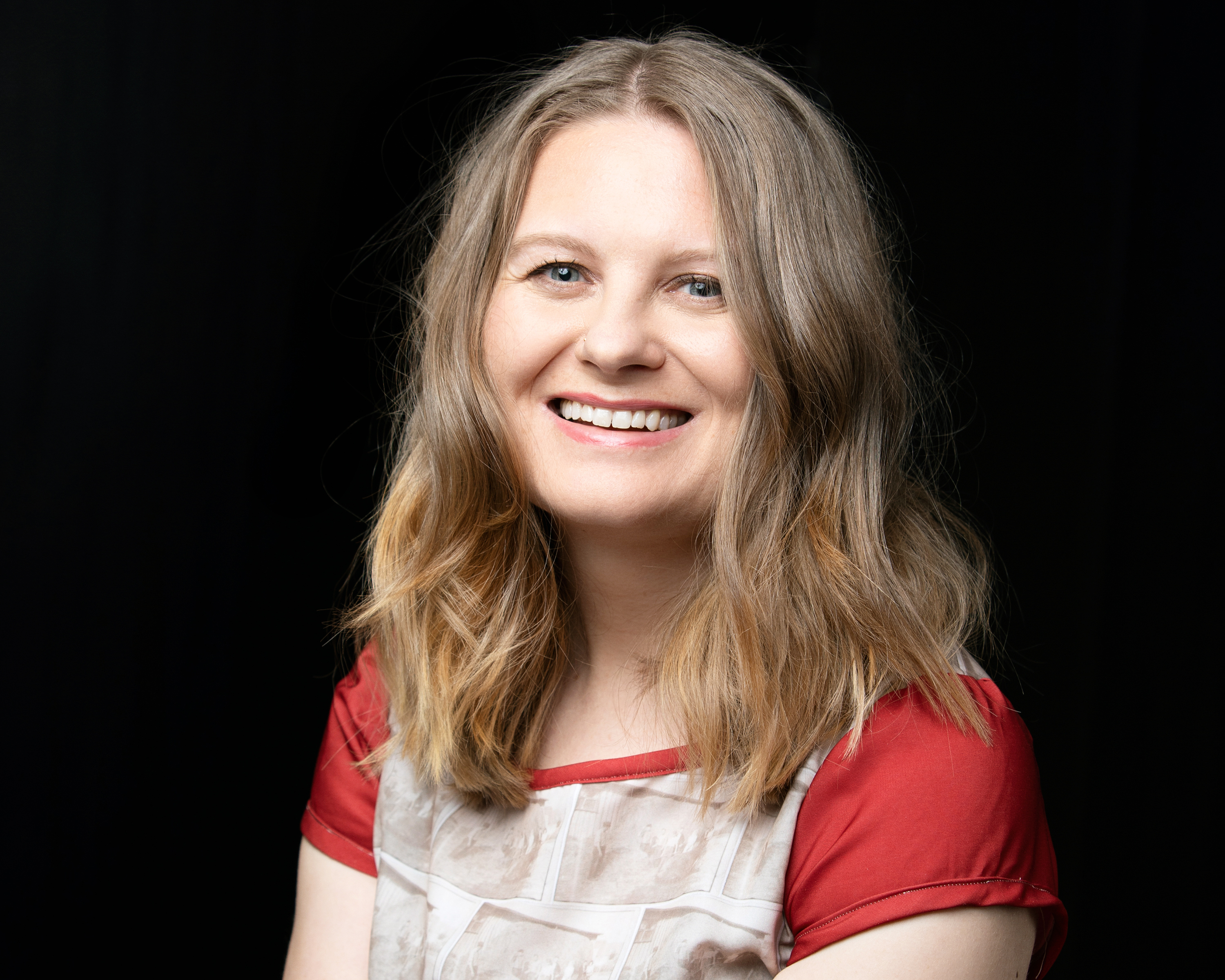
The Pine
By Olena Jennings
The pine tree in front of our house
was visible
from the kitchen
window. It kept all our recipes secret.
It towered above the hostas.
Years later, I didn’t like to drive past
to see its absence.
My father didn’t want to see
the uncomfortable feelings surfacing
like foam on a glass of beer.
It was at Avenue Liquor
that I became an adult too soon.
Driving past the house,
he ignored the uncomfortable feelings.
The house was warm orange brick.
I would stand near the tree
with my lunch box waiting
to be picked up by the red car
with the tricky door handle.
Our thighs stuck to the seats,
as if convincing us we wanted to stay.
I wanted to curl back
in the yellow bedroom
of the house, wanting to be hidden
by the pine tree. I wanted to
stand in the shade, the set
for all our photos.
We buried a goldfish. Empty bottles
of wine were lined up
on the bookshelves. I had graduated
from the headscarf by then.
My grandmother still wore one,
but I was ready to be bare
against the cold.
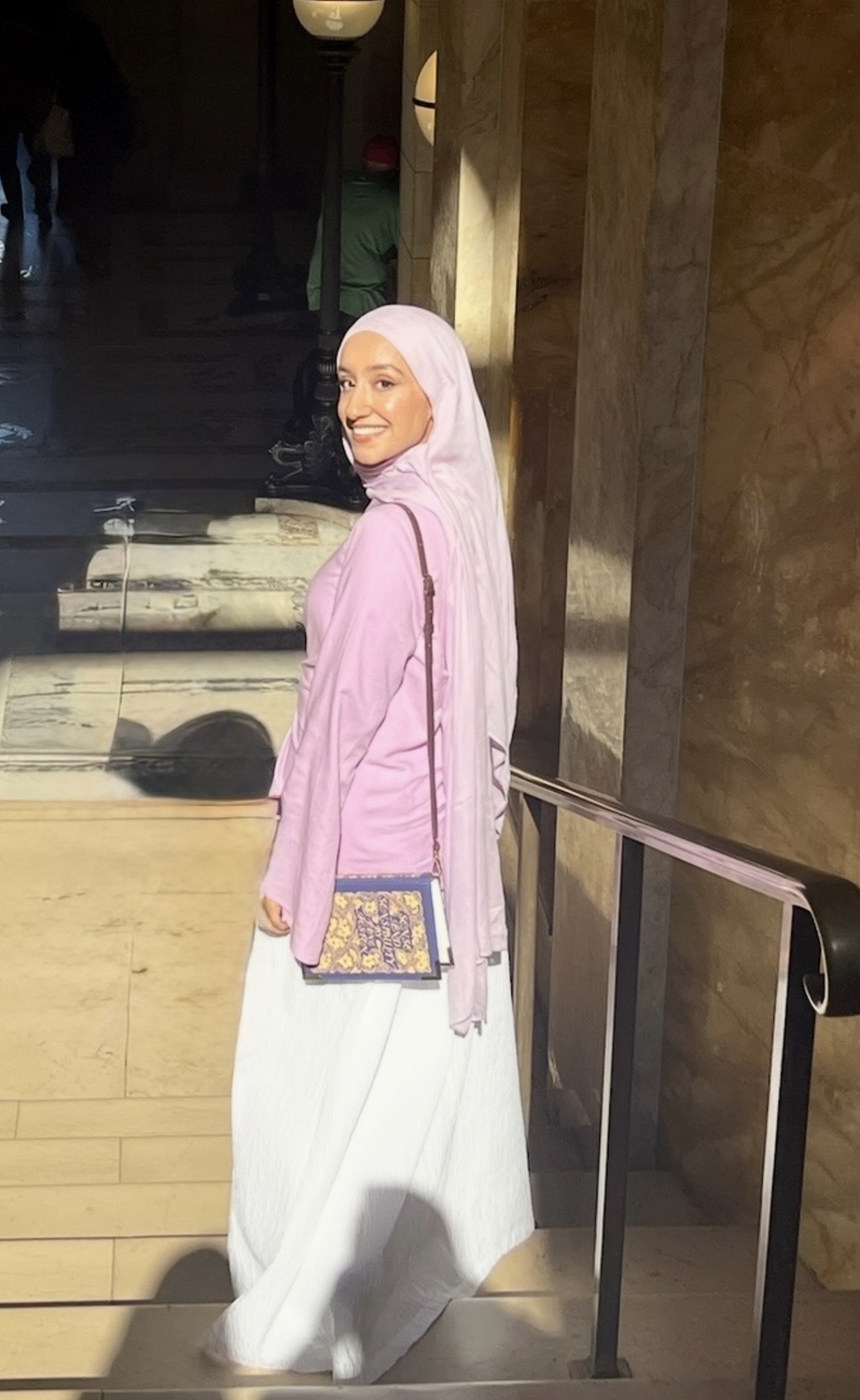
The River that Was and Wasn’t
By Ezza Ahmed
I was running, the neighborhood
boy my secret guard. A cloud of dust and dirt
my shadow.
My stomach would hurt
from fresh cow’s milk,
a white film swimming to the top.
In a place of people who are
and aren’t, the kids are raised on cardamom milk
and kites. The rain trembles at who it’s about to touch.
I know nobody, not even myself
when I cut blunt bangs staring into the mirror
my eyes black even in the sun.
Words burn my throat, the tongue
behind my tongue splits open,
voice giving birth to voice, I love
everyone silently. I hold my grandmother’s hand
every morning for two months
trace her green veins and give them names.
From the rooftop I memorize his eyes,
gold and green like a dying leaf. I kiss
his kite with mine before cutting the string.
I meet aunts, uncles, cousins, cousin’s kids, dad’s cousins
singing songs about a honeyed sleep
nights before my sister’s wedding.
I’m gifted bangles and anklets,
red, gold with bells, blue, blue and silver sparkles.
My walk becomes beautiful.
Everyone is anxious here,
fingers clenching and unclenching
in the space of the unsaid.
My sister’s Henna night finishes after the old curfew.
Still, we walked quietly to my dad’s childhood home.
The pathway lit by the whites of our eyes.
Grief makes a beggar out of me,
my appetite aching
for all that is and isn’t.
In a few weeks I thin
with my grandmother.
Her past growing cold on my plate.
Yesterday, we visited the old river.
It was there
then it wasn’t.

The Longest View
By Wyatt Townley
In art, they call it background.
In theatre, backdrop. Behind
the hands of the magician
and pointing politician, behind
the siren and skyline
is the long view, hypotenuse
of the woods that only birds
and our searching eyes can find.
Behind every barrier: vista.
Inside the tightest fist and turn
of the intestine—space—and time.
Since childhood you have carried it
on the schoolbus and into every
classroom where you married
the seat by the window. There it was,
unrolling beside you. On the subway
it was tucked in you like a token,
the most precious thing you owned.
The horizon always started
in your heart, unspooling
where you turn. Don’t let them
fool you. Hunt for it, fish for it,
bring it to the fore. It was never
background. It’s true north.

Paintings by Andrew Wyeth: “Christina’s World” and “Wind From the Sea”
Christina’s World
By Wyatt Townley
1
It’s a short walk home
from the field where she lay,
her pale dress circling
her slenderness,
the urgency of her turning
back. A short walk, unless
you have to crawl.
2
Some are slower still.
She chose the best dress
in the closet, the purse
with all she’d saved.
She walked into the field.
She picked the best
spot, the best view. Under
the stars, the pills sang
in their bottles like maracas.
When she ran out of rum,
she chewed the nasty capsules,
chewed and swallowed,
swallowed and scribbled,
scribbled and retched.
But the last thing she did
was scream.
3
Fifty years
from that field
to this chair.
The scenic route:
a series of mountains,
of men, of rooms.
A series of shoes,
of roads, of clouds.
But just one field.
Fifty years
to find home, to get
on the right side
of a lace curtain.
I rode here on a pencil.
The rest was wind.
Ezza Ahmed is an educator and poet based in NYC. Her poetry is concerned with diaspora, memory, and water (rivers, creeks, lakes, etc.). Her work is in The Idaho Review, The Gingerbug Press, Sycamore Review, Apogee Journal, the Michigan Review, and Adi Magazine.
Olena Jennings is the author of the poetry collection The Age of Secrets, the chapbook Memory Project, and the novel Temporary Shelter. She is the translator or co-translator of collections by Ukrainian poets Kateryna Kalytko (co-translated with Oksana Lutsyshyna), Iryna Shuvalova, Vasyl Makhno, and Yuliya Musakovska. Her translation of Anna Malihon’s Girl with a Bullet is forthcoming from World Poetry Books. She lives in Queens, New York where she founded and co-curates the Poets of Queens reading series and press.
Rodrigo Toscano is a poet based in New Orleans. He is the author of twelve books of poetry. His latest books are WHITMAN. CANNONBALL. PUEBLA. The Cut Point, The Charm & The Dread. His Collapsible Poetics Theater was a 2008 National Poetry Series winner. His poetry has appeared in over 25 anthologies, including, Best American Poetry and Best American Experimental Poetry. Toscano received a New York State Fellowship in Poetry. He won the Edwin Markham 2019 prize for poetry. He was an Honorable Mention for the 2023 International Latino Literary Awards. He works for the Labor Institute in conjunction with the United Steelworkers on educational projects that involve environmental and labor justice culture transformation. rodrigotoscano.com
Wyatt Townley is Poet Laureate of Kansas Emerita and the author of seven books. Her work has been read on NPR and published in journals of all stripes, from New Letters to Newsweek, North American Review to Paris Review, Yoga Journal to Scientific American. Commissioned poems hang in libraries including the Space Telescope Science Institute, home of the Hubble. The poems here appear in her next book, Making the Turn, forthcoming fall 2026 from Lost Horse Press

